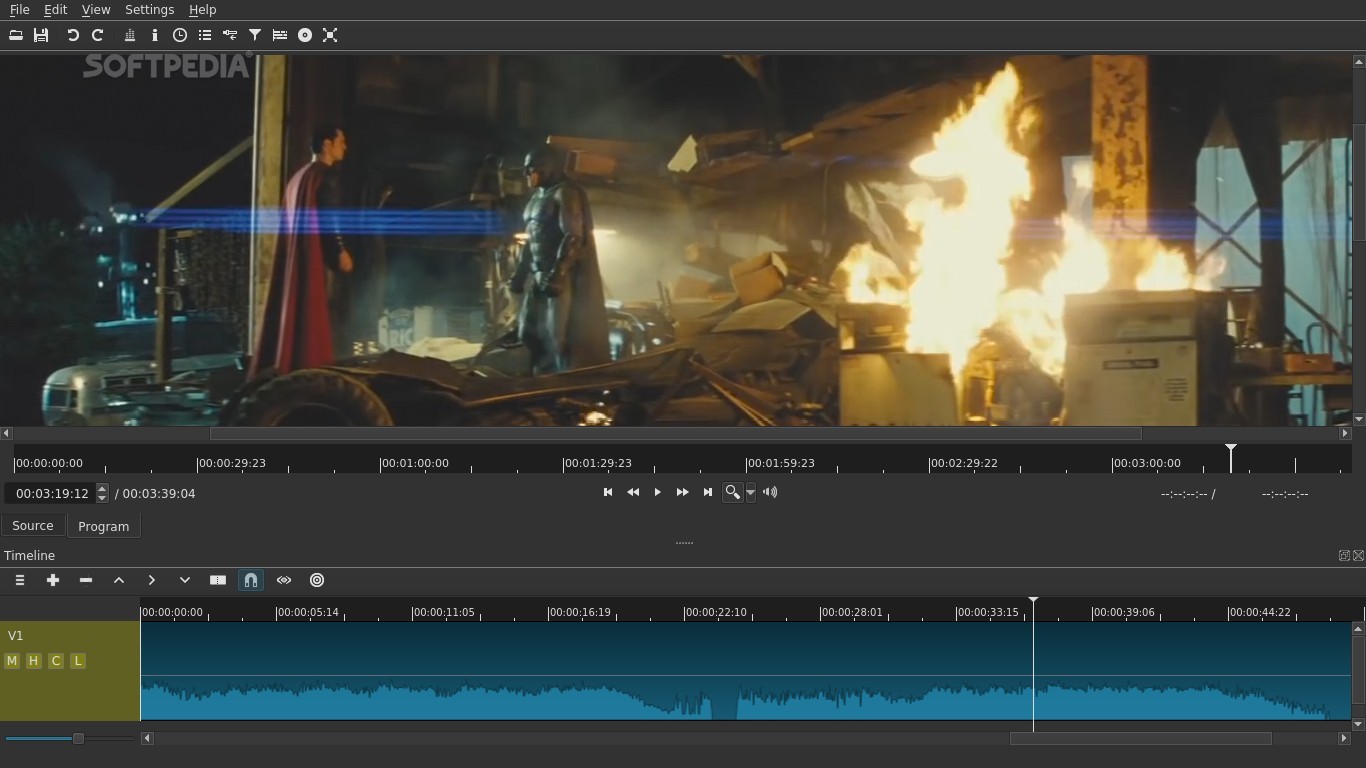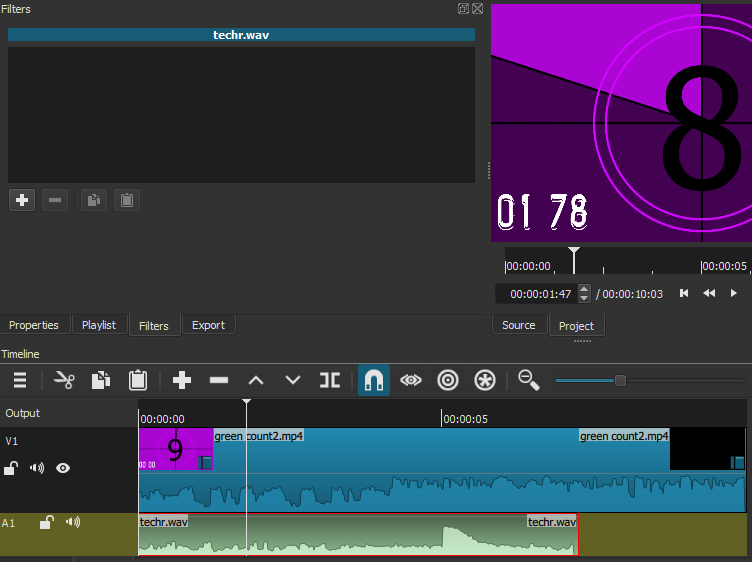

Shotcut even works with webcam and audio captures, and you can stream (encode to IP) files and any capture source. And, because of that, you’ll also be able to transcode your files to a wide range of formats, which can be encoded with various popular codecs.

You can trim, cut, copy, paste, split, append, remove, insert, overwrite, lift, and replace video tracks, detach audio, sort playlists by name, creation, or recording date, and select multiple items in the playlist and the timeline.Īll of your projects can be exported to MLT XML files, and the best part about Shotcut is that it works independently of the codecs available on your system, thanks to FFmpeg.

With Shotcut, you’ll be able to do anything you want to your video files. Some of Shotcut’s major features include frame-accurate seeking of many of the supported video formats, multi-format timeline to make it easier to mix and match resolutions and frame-rates within a project, built-in audio and video filters, audio mixing across all tracks, pitch compensation for video speed changes, deinterlacing, color correction and grading, and batch encoding with job control. Powered by the famous open-source multimedia framework FFmpeg and the Qt application framework, the Shotcut video editor lets you edit a wide range of video formats up to 4K resolutions and HDR, many audio formats up to 5.1 surround, as well as several popular image formats including WebP, SVG, TIFF, BMP, GIF, and others. This week’s “Flatpak App of the Week” is Shotcut, a free, open-source, and cross-platform video editor that supports a wide range of video formats and has a lot of neat features.


 0 kommentar(er)
0 kommentar(er)
